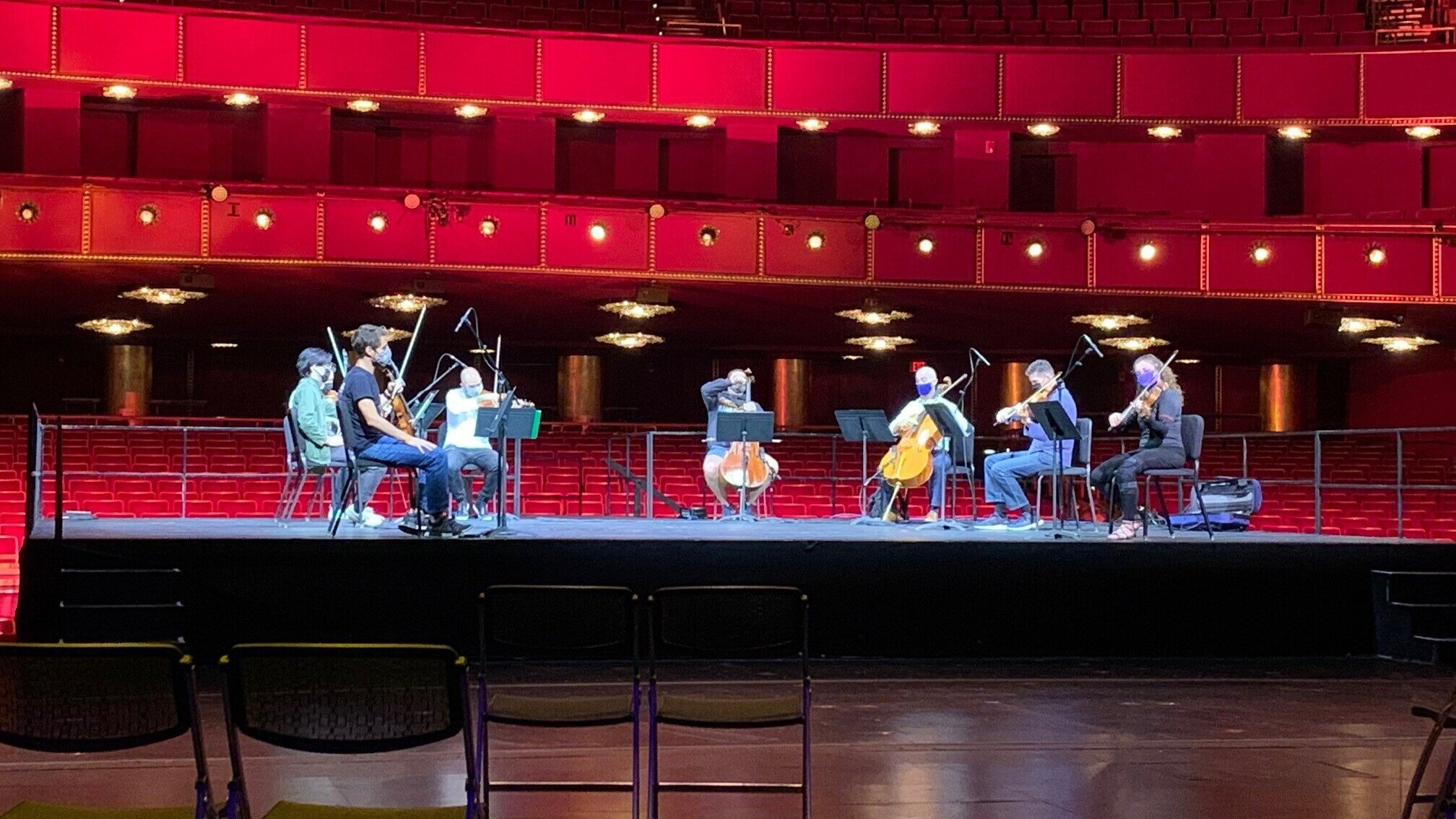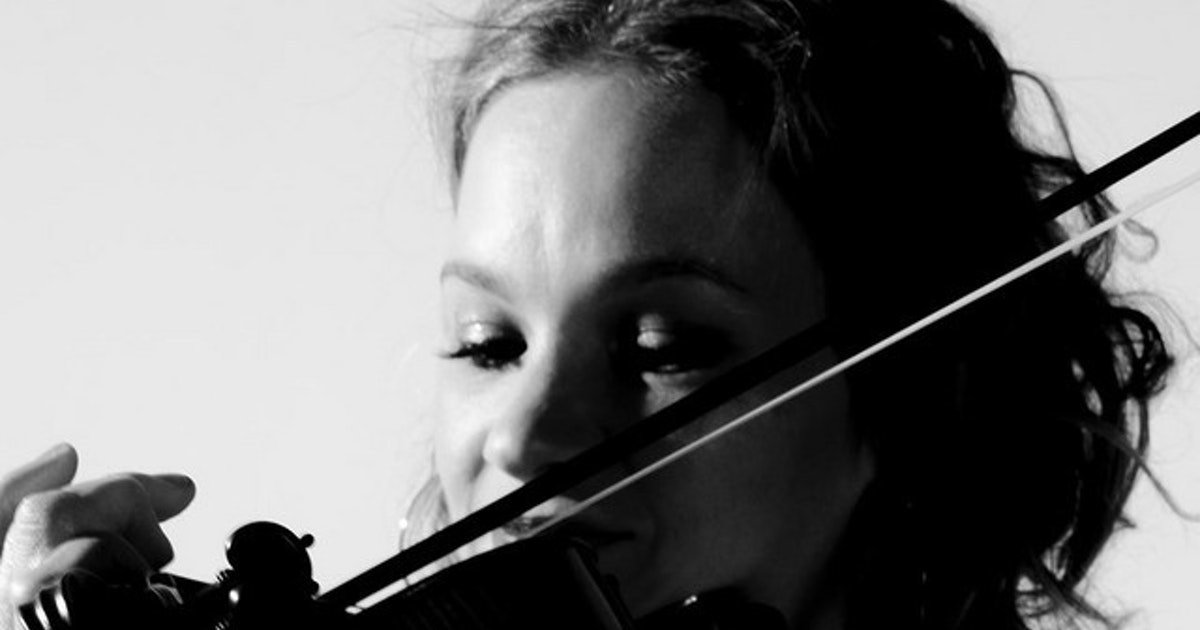Today's Juilliard String Quartet maintains the standard

The Juilliard String Quartet, perhaps the longest-running franchise in the business, closed out the Kennedy Center’s Fortas Chamber Music Series last night with a program of Mendelssohn, Dvořák and Tyson Davis. The group was founded in 1946, and is certainly “iconic,” but, I mean, what’s in a name? Each seat has turned over four or five times, and the quartet is sporting a brand-new violist this season, Molly Carr (it now has only one male; the veteran Ronald Copes, who joined way back in 1997).
Every personnel change alters the chemistry, of course, so I’m not sure why the group’s program notes bang on and on about recordings and awards it won back when none of the present members were in it. That said, the current edition of the Juilliard Quartet is an energetic and well-integrated foursome. While they’re no longer the touchstone of the quartet world in America -- there are at least a half-dozen other groups out there that play just as well -- they offer music-making of depth and quality.
The Mendelssohn Op. 80 quartet is a tempestuous work written shortly before his death (and in the throes of grief over the death of his beloved younger sister). The expressive range is narrower than in his earlier quartets, taut and menacing; the finale is particularly ominous, with its glowering tremolos. The Juilliard was fully up to its technical challenges, but we certainly didn’t need the tempo changes in the first movement. When the texture changes from frantic to relaxed, the composer has done the work for you; there is no need to gild the lily by slowing down as well. These folks should listen to old Budapest Quartet recordings, where all the different moods and emotional states were fully captured even as the pulse remained steady. But first violinist Areta Zhulla’s impassioned playing was quite impressive.
Next came Amorphous Figures, a co-commission by the Kennedy Center, this being only its second performance. Tyson Davis, who is about to graduate from Juilliard, has been composing since age eight and has studied at the North Carolina School of the Arts, Interlochen, and Curtis. I don’t know what all these prestigious schools and teachers gave him, because, honest to god, if I had a week with nothing better to do, I could write something indistinguishable from this, and I’ve never had a composition lesson in my life. Amorphous Figures is squarely in the mainstream – of the arid, ugliful 1970’s. No cognizable musical ideas, just random, atonal, jagged gestures and sound effects (heavy on pizzicato, tremolos, and glissandi). What does this communicate? And how does one judge the quality of one such work against another? I remember once asking a colleague about the music of a certain composer I’d not heard, and he said, “well, it’s like bad Elliott Carter.” Ten years later, and the remark still makes me laugh. But there was no laughter in the Terrace Theater last night; only torpor and suppressed yawns (the thing went on for 22 minutes). And though the young composer was there to receive applause at the end, the audience couldn’t manage to keep it up even long enough for him to exit the stage.
Dvořák’s final quartet, Op. 105, is a genial, masterful farewell to the form. Both the first and last movements begin in darkness but then surge forth in bright, Bohemian sunshine (the composer was overjoyed to return home after living in the US for three years). After their exertions navigating the Davis, the musicians gave us a somewhat uneven performance. The highlight of the entire evening was the Scherzo, which had color, feeling, virtuosity, and a narrative feel. But in the first movement’s introduction there was disagreement on articulation of a repeated figure; in the slow movement they missed the droll whimsy at the return of the opening section, with its impish interjections by the 2d violin; and in the finale, concentration seemed to ebb towards the end as intonation became fuzzy for the first time.
Whoever’s in it, the Juilliard has upheld very high standards for generations, and one hopes it will go on that way forever.





